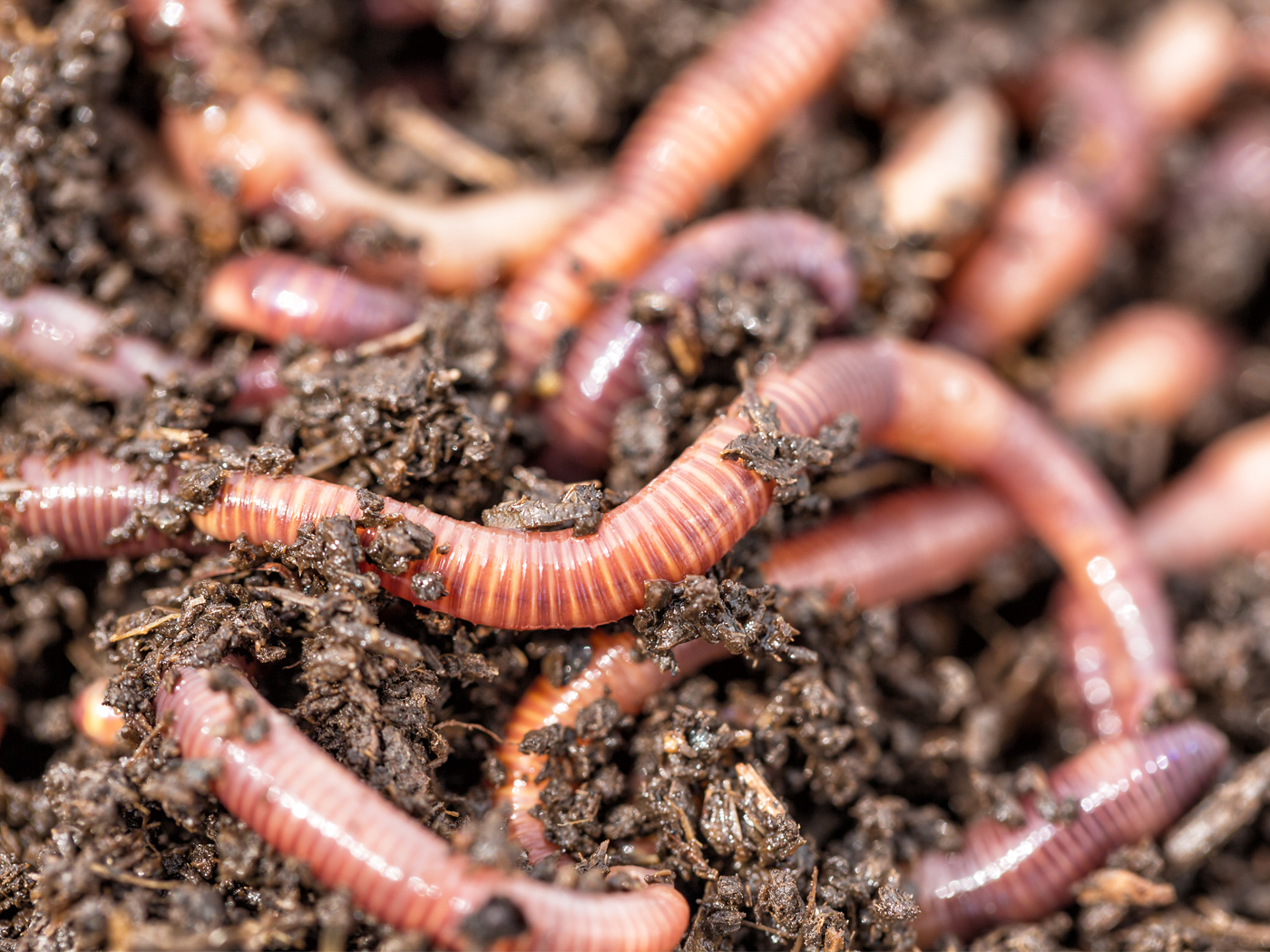Evolutionary scientists call the sudden appearance of many types of fossils diversification. They also refer to the origination (first appearance) of a plant its “stem” age and when it became abundant its “crown” age.”2
Flowering plants are extremely abundant today, making up about 4/5ths of all green plants on Earth.2 But the question remains: Where did these plants come from and why do they only appear in rocks so late?
The study authors wrote:
The Early Cretaceous (145–100 million years ago (Ma)) witnessed the rise of flowering plants (angiosperms), which ultimately lead to profound changes in terrestrial plant communities. However, palaeobotanical evidence shows that the transition to widespread angiosperm-dominated biomes was delayed until the Palaeocene (66–56 Ma) [post-Cretaceous].1
In order to better address the history of flowering plants, the co-authors examined 238 types of fossil plants and 16 million occurrences of modern flowering plants.1
Previous studies of this nature only used 30 to 60 fossil records and we wanted to increase this number significantly and set a higher standard for fossil calibration by documenting every part of the process, said Herve Sauquet, one of the co-authors of the study.2
Co-author and evolutionary biologist Susana Magallon, from the National Autonomous University of Mexico, concluded:
By estimating both the stem and crown ages for angiosperm families we found a difference of 37 to 56 million years between family origins [stem age] and the beginning of their diversification [crown age] into the living species we see today. To put this into context, the average time lag corresponds to around a third of the entire duration of angiosperm evolution, which is at least 140 million years.2
Creation scientists do not accept these great ages. Instead, we believe that these fossils were buried in the global Flood about 4,400 years ago. However, the first appearances of flowering plants in the Early Cretaceous sediments are a real phenomenon, as are the great numbers of flowering plant fossils found in post-Cretaceous rocks.
Strangely, the authors of this study offered no explanation for the origin of these flowering plants. They identified no evolutionary ancestors or even possible ancestors. It’s as if the flowering plants, both the stem and crown, just appeared out of nowhere, fully formed and functional.
So, is there a better explanation for these fossils? As creation scientists, we believe God created all types of plants on Day 3 of Creation Week. The global Flood buried both plants and animals in the rising flood waters in a definite order, depending on their pre-Flood elevation. We call this ecological zonation.3
Flowering plants were apparently placed at a higher elevation along with the more common mammals, like camels and horses. These were likely the same pre-Flood locations where most of the humans lived. As the waters rose during the Flood year, they buried mostly lowland non-flowering plants and dinosaurs in Cretaceous and earlier rocks. Later, the upland plants and animals were buried in the post-Cretaceous rocks on top of the dinosaurs. It is the pre-Flood uplands that likely contained the higher percentage of flowering plants, easily explaining the order of the plant fossil record.3
Flowering plants did not evolve from non-flowering plants or anything else. All plants were created by God, fully formed, but at different elevations, on Day 3 of Creation about 6,000 years ago. Holding to a biblical worldview and reading the rocks properly leads to the best explanation.
Stage image: Flower fossils in amber.
Stage image credit: Royal Botanic Garden Sydney/Flickr. Copyright © 2020. Adapted for use in accordance with federal copyright (fair use doctrine) law. Usage by ICR does not imply endorsement of copyright holders.
References
1. Ramirez-Barahona, S., et al. 2020. The delayed and geographically heterogeneous diversification of flowering plant families. Nature Ecology & Evolution.
2. Nield, D. Scientists Create a 'Time Tree' Showing How Flowering Plants Came to Dominate Earth. Posted on ScienceAlert.com July 12, 2020, accessed July 17, 2020.
3. Clarey, T. 2020. Carved in Stone: Geological Evidence of the Worldwide Flood. Dallas, TX: Institute for Creation Research.
*Dr. Clarey is Research Associate at the Institute for Creation Research and earned his doctorate in geology from Western Michigan University.













